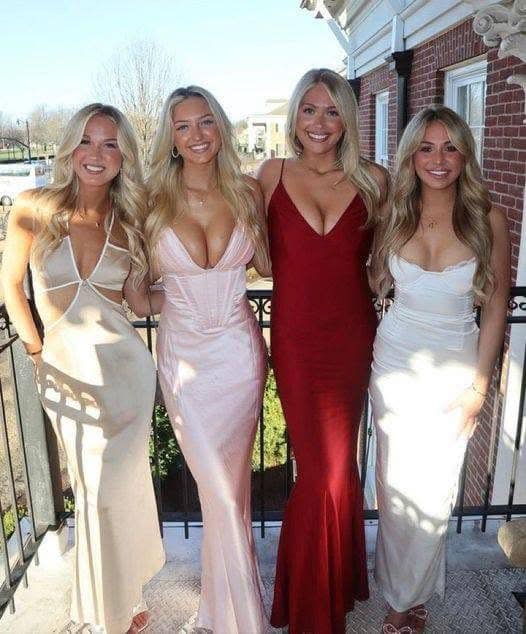
The concept of beauty has evolved significantly over time, influenced by cultural shifts, media representation, and societal values. In recent years, there has been a growing movement towards embracing diversity and inclusivity in beauty standards, both in America and around the world.
The Evolution of Beauty Standards
Historically, beauty standards have been dictated by narrow ideals, often marginalizing those who did not fit the prescribed mold. In America, for instance, the fashion industry long upheld a limited view of beauty, predominantly featuring models of a specific size and appearance. This exclusionary practice contributed to widespread body image issues and a lack of representation for many individuals.
The Role of Social Media in Shaping Perceptions
The advent of social media platforms has played a pivotal role in challenging traditional beauty norms. Individuals now have the power to curate their own content, share personal stories, and showcase diverse forms of beauty. Movements such as body positivity and self-love have gained momentum, encouraging people to embrace their natural selves and reject unrealistic standards.
Research Reflects Changing Averages
A study published in the International Journal of Fashion Design, Technology, and Education analyzed data from over 5,500 women across the United States. The findings revealed that the average American woman now wears a size 16 to 18, compared to the size 14 of past decades. Additionally, the average waist size has increased from 34.9 inches to 37.5 inches over the past 20 years. These statistics highlight a shift towards a more inclusive understanding of body sizes.
Implications for the Fashion Industry
Researchers Susan Dunn and Deborah Christel emphasize the importance of these findings for the fashion industry. They advocate for designers to adapt their sizing standards to reflect the diverse and evolving reality of women today. By doing so, the industry can better serve a broader audience and promote inclusivity.
Global Perspectives on Beauty
The movement towards embracing diversity in beauty is not confined to America. Globally, there is an increasing recognition of the need to represent various cultures, ethnicities, and body types. Campaigns featuring models from different backgrounds and with unique features are becoming more prevalent, challenging the homogeneity that once dominated the beauty landscape.
The Impact of Representation
Representation matters. When individuals see themselves reflected in media and fashion, it fosters a sense of belonging and self-acceptance. Conversely, the lack of representation can lead to feelings of inadequacy and exclusion. Therefore, the push for diversity is not merely a trend but a necessary progression towards a more equitable society.
Challenges and Criticisms
Despite progress, challenges remain. Some critics argue that the commercialization of body positivity dilutes its original intent, turning a movement about acceptance into a marketing strategy. Additionally, while strides have been made in representing different body sizes, other aspects such as age, disability, and gender diversity still require greater attention.
The Future of Beauty Standards
The future of beauty standards lies in continued advocacy for inclusivity and representation. As society becomes more aware of the detrimental effects of narrow beauty ideals, there is a collective push towards celebrating individuality. This evolution is not only beneficial for consumers but also presents an opportunity for industries to innovate and resonate with a wider audience.
Conclusion
The perception of beauty is undergoing a transformative shift, moving away from restrictive norms towards a celebration of diversity. In America and across the globe, individuals and industries are recognizing the value of inclusivity, leading to a more authentic and representative portrayal of beauty. By embracing this change, society takes a significant step towards fostering acceptance and self-love for all.





